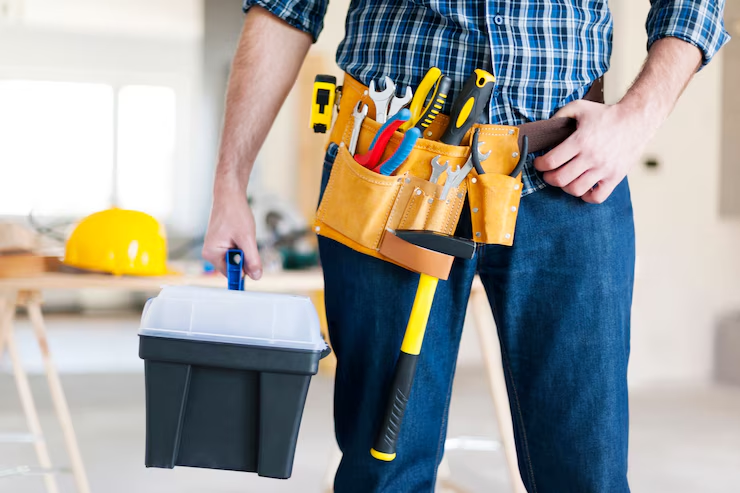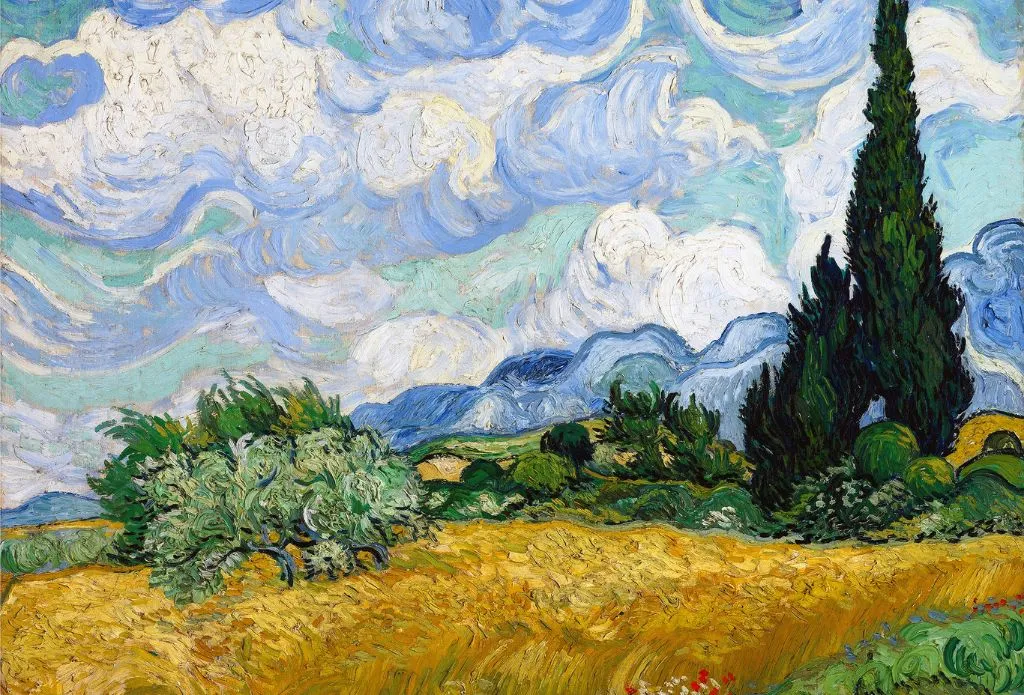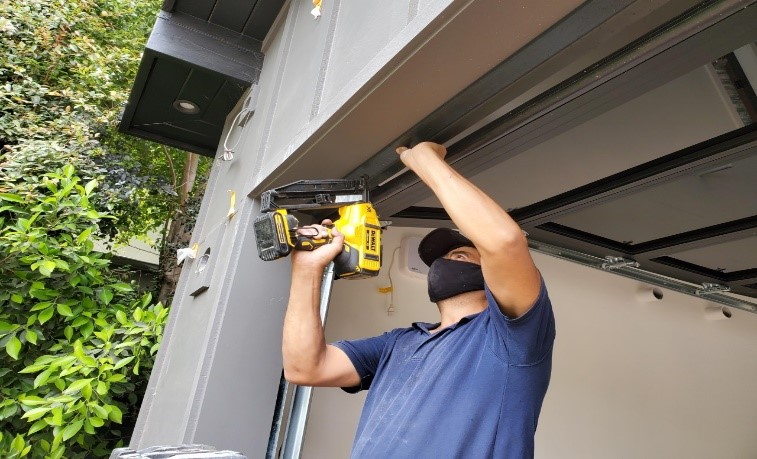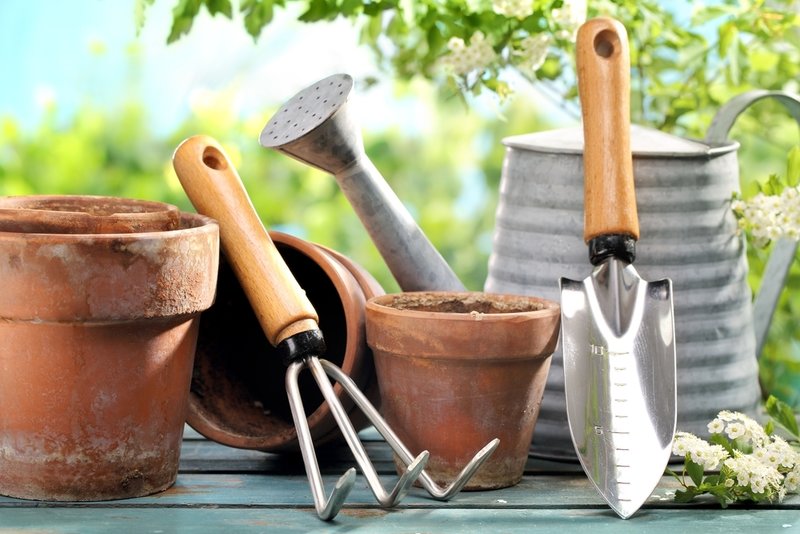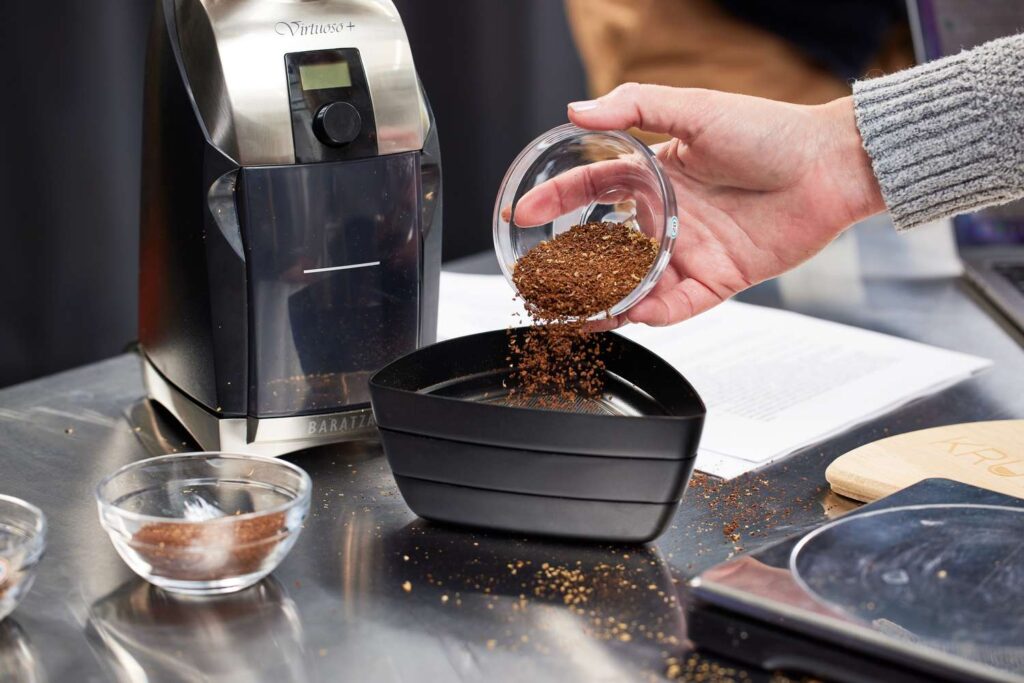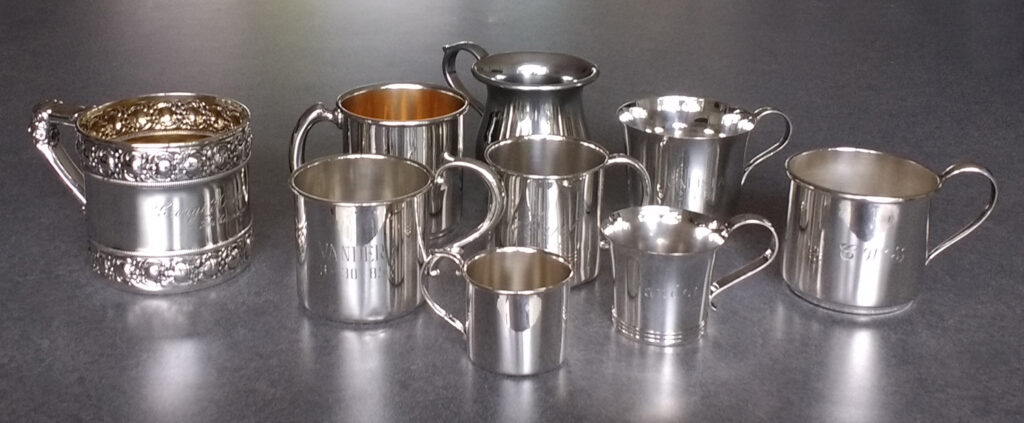Exploring the Charm and History of Old Gas Pumps: A Collector’s Guide
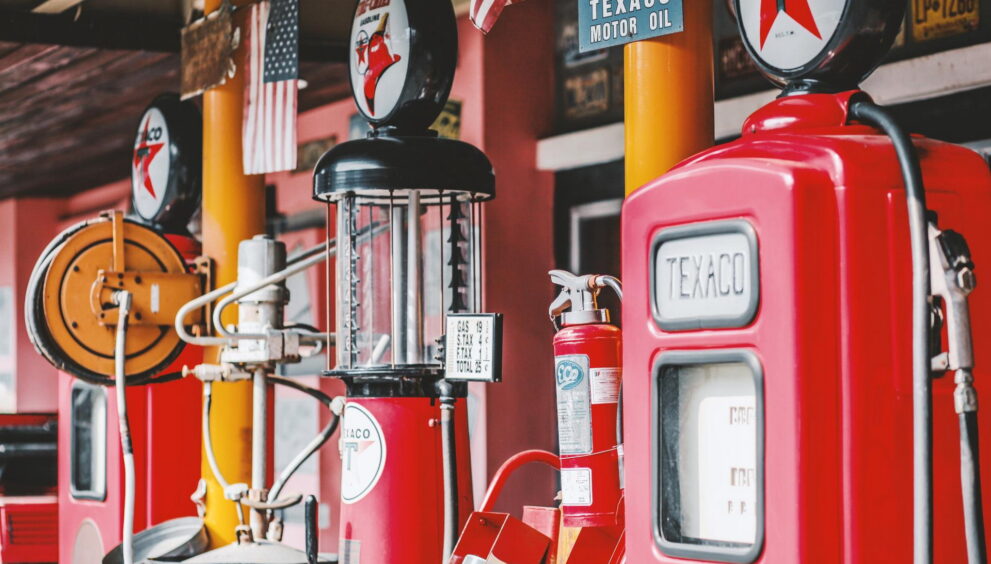
In an era dominated by modern technology and sleek fuel dispensers, old gas pumps stand as nostalgic relics of a bygone era, evoking a sense of charm and history that captivates collectors and enthusiasts alike. These vintage pieces of Americana not only served a functional purpose but also became integral to the cultural landscape of the 20th century, often showcasing unique designs and branding that reflect the spirit of their times. As we delve into the enchanting world of old gas pumps, this guide aims to illuminate their significance, tracing the evolution of fuel dispensing from the early hand-operated models to the iconic visible pumps that revolutionized the industry. Collecting these historical artifacts offers more than just a pursuit of nostalgia; it serves as a gateway to understanding the social and economic contexts of the eras they represent. Whether you are a seasoned collector or a curious newcomer, this article will provide essential insights into the factors that influence value and authenticity, tips for starting or enhancing your collection, and a glimpse into the community of fellow aficionados. Join us on this journey as we explore the enduring allure of old gas pumps and their place in the tapestry of automotive history.
The Allure of Old Gas Pumps
Old gas pumps evoke a nostalgic connection to a bygone era, capturing the essence of Americana and the evolution of automotive culture. These vintage artifacts, often adorned with colorful graphics and unique designs, serve as a visual reminder of the days when refueling was a communal experience, steeped in social interaction rather than the impersonal nature of modern conveniences. As they become increasingly rare, collectors are drawn to their historical significance and aesthetic appeal, seeking to preserve a piece of history that reflects the changing landscape of transportation and commerce.
In addition to their historical value, old gas pumps represent a tangible link to the past, often sparking memories of road trips and family journeys. Restoring or displaying these pieces can bring a sense of joy and fulfillment to enthusiasts, who appreciate not only the craftsmanship involved but also the stories each pump holds. This fascination extends beyond mere collection; it encompasses a broader appreciation for the craftsmanship and design that characterized mid-20th century America, making old gas pumps a cherished element in the realm of vintage collectibles.
Discover the unique appeal of vintage gas pumps in today’s collector market.
The allure of old gas pumps in today’s collector market stems from their rich narratives and distinctive craftsmanship. As more collectors and enthusiasts search for unique items to enhance their vintage collections, these pumps stand out due to their individuality and the artful design that often accompanies them. Many collectors appreciate the varied styles and brands, which reflect different periods and regional identities, from the sleek lines of 1920s Art Deco designs to the bold, colorful aesthetics of the 1950s and 60s. Each gas pump not only serves as a decorative piece but also as a conversation starter, allowing owners to share their appreciation for automotive history and the cultural shifts that influenced the industry.
Furthermore, the investment potential of these old gas pumps cannot be overlooked. As the vintage and collectible markets continue to thrive, well-preserved pumps have appreciated significantly, making them attractive assets for investment-minded collectors. This financial incentive, combined with the sentimental value and aesthetic appeal, has solidified the place of old gas pumps in the hearts of collectors. Their ability to evoke nostalgia while also serving as a viable investment opportunity reinforces their unique appeal in today’s market.
Historical Significance of Old Gas Pumps
Old gas pumps serve as vital artifacts reflecting the evolution of automotive culture and the societal shifts accompanying the rise of the automobile in the 20th century. These devices were not merely functional; they embodied the technological advancements of their time and the burgeoning consumer culture that revolved around personal transportation. The transition from hand-operated to electric pumps, along with the introduction of standardized fuel types and pricing, signifies crucial developments in convenience and accessibility for the average consumer. Each pump tells a story of the communities they served, often highlighting local businesses and the social fabric that characterized various eras.
Moreover, old gas pumps also encapsulate significant historical milestones, such as the post-World War II economic boom and the subsequent expansion of the interstate highway system, which revolutionized travel and commerce in America. As highways and drive-in culture flourished, gas stations became iconic landmarks, shaping the landscape of American towns and cities. Collectors of old gas pumps preserve not just the physical objects but also the memories and histories intertwined with them, ensuring that future generations understand their role in the narrative of modernity and mobility.
Explore the rich history and evolution of gas pumps throughout the 20th century.
The evolution of old gas pumps throughout the 20th century reflects broader trends in technology, design, and consumer behavior. Early models, often resembling ornate columns, were hand-operated and required the physical labor of attendants to dispense fuel. As the century progressed, innovations such as the introduction of automatic and self-service pumps transformed the fueling experience, catering to the growing demand for convenience. The transition coincided with the rise of car culture, where gas stations became social hubs, adorned with neon signs and promotional displays that beckoned drivers. These shifts not only influenced the design of old gas pumps but also the architecture of the stations that housed them, creating iconic roadside landmarks.
By the latter part of the century, old gas pumps had evolved to incorporate advanced metering systems and payment technologies, reflecting the changing landscape of consumer transactions. Amidst these technological advancements, vintage pumps from the 1950s and 1960s have become prized collectibles, valued not only for their nostalgic appeal but also for their role as cultural artifacts. As nostalgia for mid-century aesthetics continues to grow, the preservation of old gas pumps offers insight into the societal values and technological aspirations of past generations, making them essential pieces of history that celebrate the American journey through the 20th century.
Identifying Authentic Old Gas Pumps
When evaluating the authenticity of old gas pumps, several key characteristics must be considered to differentiate genuine artifacts from reproductions. First, collectors should examine the signage for any telltale signs of aging, such as faded paint, patina, or rust, which can indicate original materials. The presence of manufacturer markings or serial numbers can also be crucial; reputable brands like Wayne, Gilbarco, and Tokheim often have identifiable logos and date codes that help establish authenticity. Collectors should also pay attention to the pump’s construction materials, as many genuine old gas pumps were made from steel and glass, rather than modern plastic components.
In addition to physical features, historical context plays a vital role in determining authenticity. Researching the specific model, its production timeline, and any known design variations can enhance understanding and appreciation. Documentation, such as original schematics or photographs, can provide further validation. Collaborating with experienced collectors or consulting with restoration experts can also aid in distinguishing authentic old gas pumps from less desirable replicas, ensuring that enthusiasts preserve a piece of automotive history.
Learn how to recognize genuine vintage gas pumps from reproductions and modern models.
Identifying genuine old gas pumps requires a keen eye for detail and knowledge of their historical context. Authentic pumps typically exhibit signs of wear consistent with their age, such as minor dents or scratches, that reflect decades of use. Additionally, examining the pump’s mechanics can be revealing; older models often have intricate internal mechanisms that are less common in modern reproductions, which may feature simpler, more efficient designs. Collectors should also be aware of the variations in design that can indicate authenticity, such as specific colors, logos, and features unique to certain eras or manufacturers.
Another critical aspect in discerning genuine old gas pumps is understanding the provenance and market demand. Provenance refers to the documented history of ownership and any restoration efforts that may have been applied. Pumps that come with a clear and verifiable history, including photographs from their operational period or connections to significant locations or events, can command higher value among collectors. Collectors should also engage with communities and resources dedicated to the preservation of vintage gas pumps, as these networks can provide invaluable insights, helping to identify fakes or poorly executed reproductions while enhancing overall knowledge about the charm and significance of these historical artifacts.
Caring for Your Old Gas Pumps
Maintaining old gas pumps requires a thoughtful approach to preserve their historical integrity while ensuring they remain visually appealing. Regular cleaning is essential; use soft, non-abrasive materials to gently remove dirt and debris without damaging the paint or glass components. It’s advisable to avoid harsh chemicals that could erode the original finish. For pumps with visible rust or corrosion, a careful treatment with rust inhibitors can help protect the metal parts while maintaining their vintage charm.
Additionally, attention should be given to the mechanical components, even if the pumps are not in regular use. Periodic checks on the internal mechanisms, such as the pump’s gears and seals, can prevent deterioration and ensure that everything remains in working order. Collectors might also consider documenting any preservation efforts, as this adds to the pump’s provenance and can enhance its value in the collector’s market.
Essential tips for maintaining and preserving the condition of old gas pump collectibles.
To ensure the longevity of old gas pumps, proper storage conditions are paramount. These collectibles should be kept in a climate-controlled environment, free from extreme temperatures and humidity, which can lead to paint fading, rust formation, and other forms of deterioration. Ideally, they should be displayed away from direct sunlight to minimize UV damage, using protective covers when not on display. For those who wish to showcase their old gas pumps, consider using glass display cases that allow for visibility while providing protection from dust and physical contact.
Handling these collectibles should always be done with care; wearing gloves can prevent the transfer of oils and dirt from hands that may lead to staining or degradation over time. Regular inspections for signs of wear or damage will help in early detection of any issues, allowing for timely interventions. Engaging with fellow collectors, attending conventions, or participating in online forums can also provide valuable insights and resources for maintaining old gas pumps, ensuring that each piece retains its unique history and character.
Connecting with Old Gas Pump Collectors
provides a unique opportunity to share insights, resources, and experiences related to the preservation and restoration of old gas pumps. By joining collector groups, enthusiasts can access a wealth of knowledge and expertise, fostering a sense of community among individuals who share a passion for these historical artifacts. Networking with seasoned collectors not only opens doors to acquiring rare pieces but also offers invaluable tips on maintenance and repair techniques that can enhance the value of one’s collection.
Additionally, participating in local and national shows dedicated to vintage gas pumps allows collectors to showcase their prized items while engaging with both buyers and sellers. These events often feature workshops and seminars, where experts share their wisdom on the intricacies of collecting, appraising, and authenticating old gas pumps. Such interactions reinforce the importance of collaboration in the hobby, ultimately enriching the collecting experience and preserving the legacy of these iconic machines for future generations.
Join communities and networks dedicated to the passion for collecting vintage gas pumps.
Engaging with communities and networks focused on the appreciation of old gas pumps encourages a deeper understanding of their significance in automotive history. Members benefit from the collective knowledge that spans decades, encompassing everything from the design evolution of gas pumps to their role in shaping consumer culture. These networks often provide access to exclusive resources, such as guides and databases that detail production years, manufacturer histories, and market trends, all of which are crucial for serious collectors.
Moreover, being part of a dedicated community allows enthusiasts to forge meaningful connections with fellow collectors who share their enthusiasm. This camaraderie facilitates the exchange of ideas and experiences, leading to the discovery of new acquisition opportunities and restoration techniques. As collectors collaborate on projects or share tips on sourcing authentic parts, they not only enhance the quality of their individual collections but also contribute to the preservation of the legacy surrounding old gas pumps.
In conclusion, the allure of collecting old gas pumps lies not only in their aesthetic appeal but also in the rich history they represent. These vintage artifacts serve as a tangible connection to a bygone era, reflecting the evolution of automotive culture and the societal changes that accompanied it. As collectors delve into the nuances of style, branding, and technology, they uncover stories that enrich their appreciation for these pieces. Whether you are a seasoned collector or a newcomer to this fascinating hobby, the journey of exploring and preserving old gas pumps offers a rewarding experience that celebrates both nostalgia and craftsmanship. Embracing this passion not only contributes to the preservation of history but also fosters a vibrant community of enthusiasts dedicated to keeping the charm of these relics alive for future generations.

































































































































































































































































































































































































































































